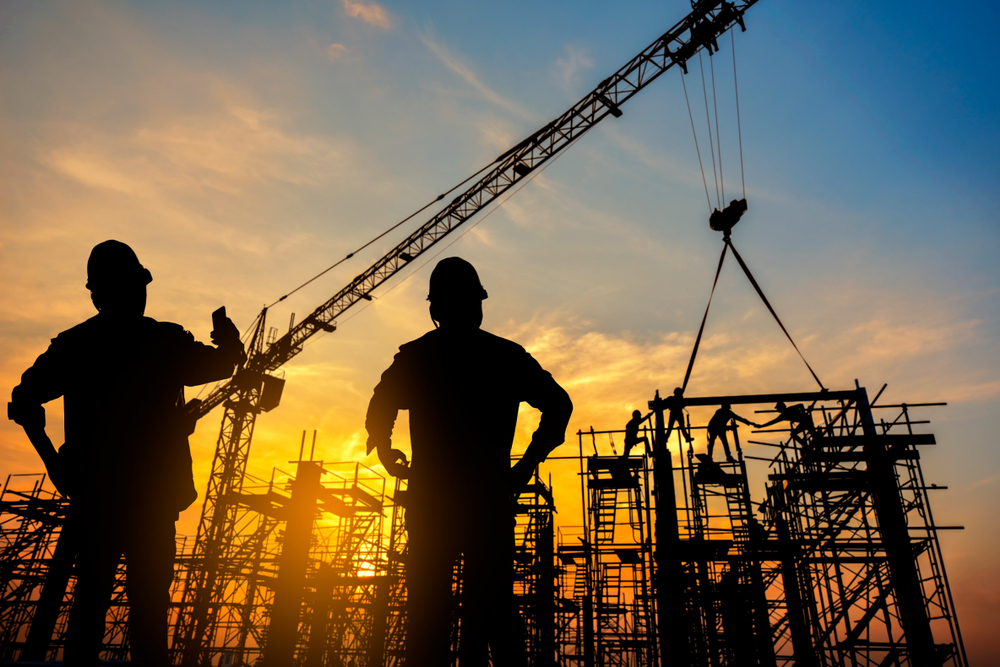During apartment construction or renovation it is important to know the challenges that can come with taking on such a large project.
Labor Shortage in Construction: What it Means for Your Project

For several years, labor shortage in construction has been one of the industry’s biggest challenges. In fact, in a 2017 survey published by the Associated General Contractors of America, nearly 80% of construction companies have been unable to find the workers they need and, despite steady growth in the construction industry. Many construction companies are still struggling to fill important roles on the job site. The National Association of Homebuilders estimates that nearly 200,000 construction jobs have been left unfilled due to the labor shortage. So, what’s the reason for such a large labor shortage?
Well, after many of the most skilled construction professionals were laid off during 2008-2009 (approximately two million construction workers and more than any other industry), most of them adapted their skill sets to different industries, some retired, and few ever returned to construction when the industry bounced back.
How a Labor Shortage in Construction Affects Your Project
So, what does the labor shortage mean for your project? Let’s take a look at a few of the ways below and what it means for your projects moving forward.
Higher Costs
One of the most obvious ways a workforce shortage is impacting the construction business is by driving up costs and it can probably be used as the biggest example of how a lack of labor is directly driving up consumer costs. In fact, a new analysis of the construction market has found that the price of labor has become the primary reason for increased construction costs across the country and construction costs have jumped 23.6 percent since 2004.
In Texas, many residential construction companies have been forced to add an additional $4,000 onto the price of each home and firms nationwide are also noticing a 4.5% increase. With a labor shortage impacting the construction business on multiple fronts, the ripple effect is ultimately much more pronounced when you realize that increased building costs will also translate into increased costs for everyone.
The Associated General Contractors illustrates that almost 70% of construction companies struggle to find skilled workers and complete projects on time, causing some construction firms have begun using higher wages to entice new workers which ultimately lead to higher project costs.
Outsource Materials and Employees
With the construction skilled labor shortage becoming a worldwide issue, the skilled labor talent pool has diminished and many companies may also start to notice that they are approaching certain limits for skilled labor positions. Some construction companies have even begun to notice that graduates of vocational schools need more training to meet industry standards, leading them to begin outsourcing building materials to eliminate many of the tasks skilled labor positions would be completing. Outsourcing building materials also help to reduce material waste, create more consistency and productivity, and keep general costs down.
Longer Timelines
A labor shortage also makes construction projects take a lot longer, including the most routine phases of projects. Most projects in the past few years have seen an extra 30 days added to the estimated deadline the due to labor shortage. Some have even noticed 90 days and even 150 days added to project timelines because companies just can’t get workers on the job site. While economists are expecting a boom, longer project timelines ultimately create a ripple effect that pushes back delivery dates, as well as when real estate developers can start collecting rent payments from tenants.
At Camm Construction, our team has the experience and ability to get your project done on time and within budget despite the labor shortage. Contact us today to get your project off the ground.




This Post Has 0 Comments